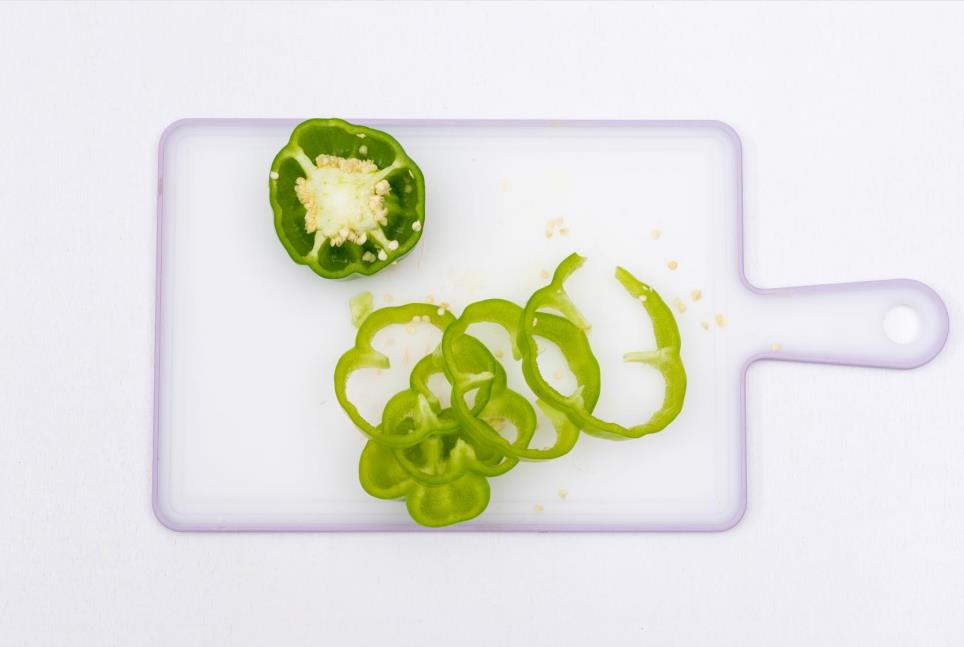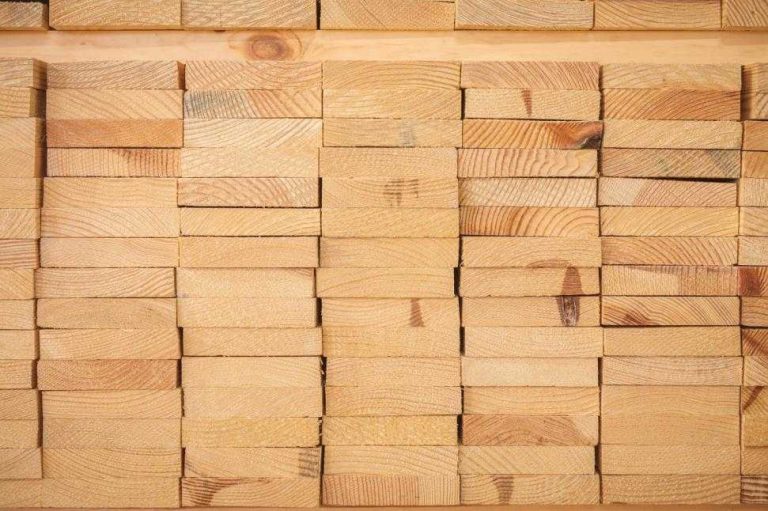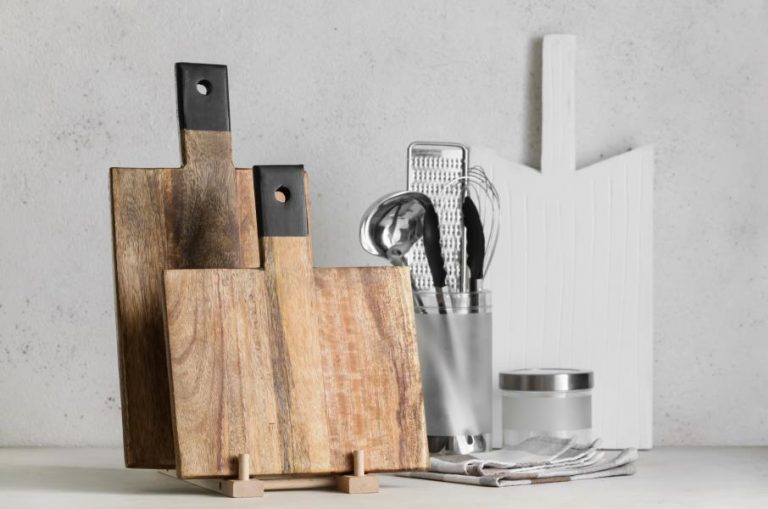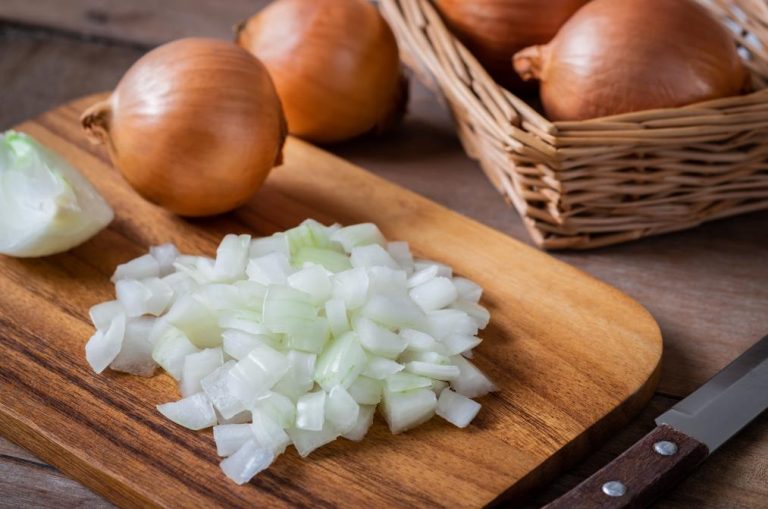In today’s manufacturing, there isn’t an industry where plastic has skipped. The kitchen products are no different. Plastic is one of the widely used cutting board materials, and it is for a reason. They are affordable, lightweight, and easy to produce for manufacturers.
These make them favorable to many users across different backgrounds, from home cooks to culinary students. Yet, there is one thing every cook should double-think about plastic cutting boards. That is the sanitization aspect and safety questions it brings.
Some qualities of plastic cutting boards make them hygienic, like being non-porous, while others completely demolish these thoughts. Many users, as well as shop owners, question the safety of using plastic cutting boards. This, however, doesn’t have a straightforward answer. It’s a matter that needs closer attention before deeming plastic as sanitary or unsanitary.
The answer somewhat varies, depending on how the cooks operate with a plastic cutting board. In this article, we’ll cover how safe plastic cutting boards are and look at relevant studies to uncover if your doubts are there for a reason or shouldn’t be stressed.
Plastic cutting boards and foods
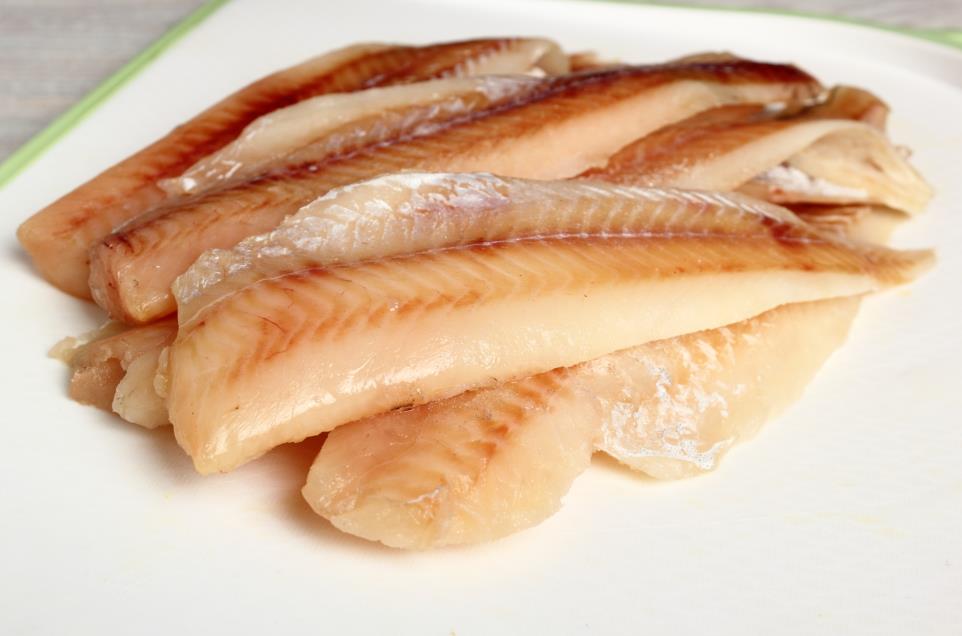
So, are plastic cutting boards safe for food? Any food left for longer than it should on a cutting board will go rancid. Plastic won’t affect food quality just because it is plastic.
Plastic is a food-safe material. There are plastic plates, spoons, forks, cups – you name it. However, not all plastics are food-safe. First, the manufacturers need to utilize the right plastic type to manufacture cutting boards. Assuming this isn’t a problem, let’s look at how plastic can be unsafe for food.
Although plastic is a durable material, it isn’t a match for the sharp edge of a knife. Every time a cook chops or minces food, it damages the surface, building up scratches. These tiny crevices and grooves then become the perfect breeding ground for bacteria.
Plastic cutting boards can become unsafe for foods as a result of losing their smooth surface over time. No matter how gently the cook uses the cutting board, these scratches eventually become visible. Any chopping, mincing, or other surface-heavy tasks will show these knife marks sooner.
Plastic cutting boards and knives

Most plastic cutting boards are gentler on knives than other cutting board materials. Considering how easily the surface of a plastic cutting board can get scratched, it makes sense. However, not all plastic cutting boards have a good relationship with knives. It depends on the type of plastic.
According to this study, high-density polypropylene is the gentlest on knives out of the popular plastic types for making cutting boards, followed by low-density polyethylene. This might be surprising to some as density has not much to do with how quickly plastic dulls knives, unlike wood cutting boards.
On the flip side, plastic cutting boards made from low-density polypropylene tend to be harsh on knives. They can dull knives quickly, though not as fast as glass or marble cutting boards.
Conclusion: how safe is plastic cutting boards?
Plastic cutting boards aren’t very food safe themselves. Plastic doesn’t have any antibacterial properties, so it can’t do anything to prevent bacteria from multiplying. This process is why plastic cutting boards aren’t considered food safe.
That said, despite being non-porous and repelling the juices of foods, plastic cutting boards aren’t the best at food safety. You might be asking yourself, isn’t it the same with every other cutting board material, especially wood?
Like plastic cutting boards, wooden boards also get scratches. The difference is wood doesn’t create a favorable condition for bacteria to grow and prevents it. Here’s more on how wood cutting boards work differently than their plastic counterparts.
Use plastic cutting boards safely and effectively
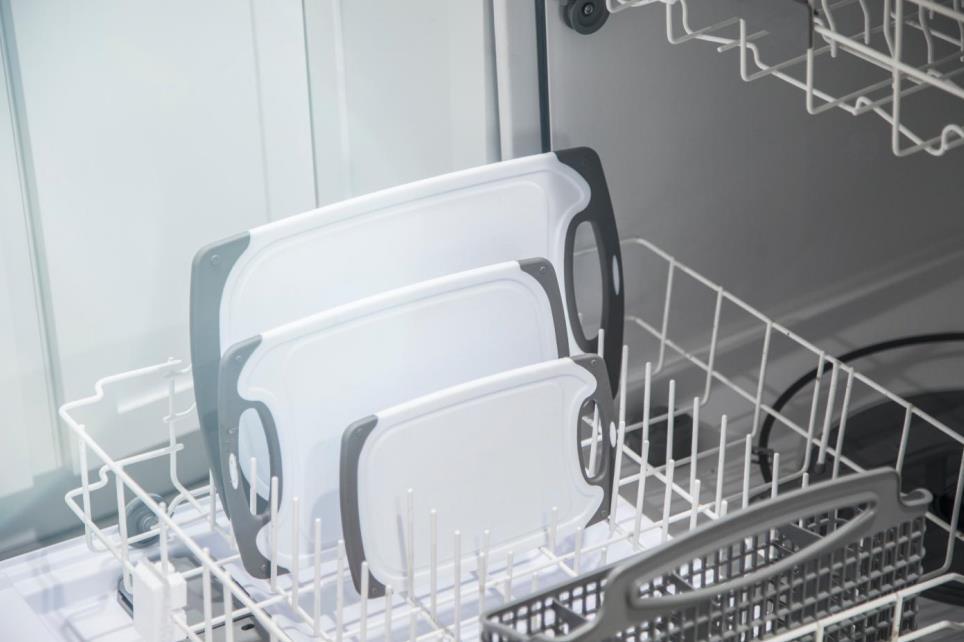
With everything explained above, considering plastic cutting boards unsafe and ending the conversation would be wrong and unfair to plastic cutting boards.
Plastic cutting boards can make ideal cutting surfaces when used effectively – and somewhat differently. This especially goes for high-risk foods, such as raw poultry and shellfish.
At first, it may not make as much sense to use plastic cutting boards as high-risk foods have a higher risk of being contaminated. Plastic cutting boards potentially harboring bacteria make this even worse. However, plastic cutting boards have one trait that most others don’t – they are dishwasher safe.
Cleaning a plastic cutting board in the dishwasher after each use sanitizes and kills virtually all bacteria. This drops the worries of bacteria and food poisoning next to nonexistent.
Many cooks take advantage of this trait of plastic cutting boards. Using it only for high-risk foods and throwing it down to the dishwasher later. Since most dishwasher cycles kill 99.9% of the bacteria, the dishwasher can prepare a plastic cutting board for the following uses. This way of using plastic cutting boards is also recommended by food safety research experts.
Nonetheless, this isn’t to say that this makes plastic cutting boards the most sanitary option – more on this below. The above is simply a smart way to utilize plastic cutting boards and take advantage of their dishwasher-safe nature.
Plastic vs. wood cutting boards
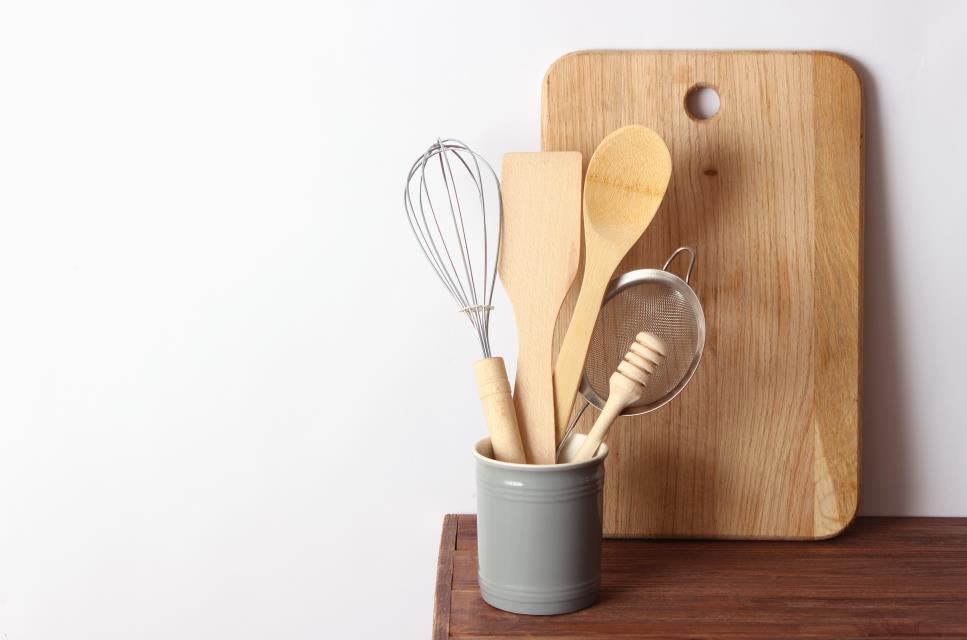
A wood cutting board’s qualities exceed those of plastic for day-to-day use. Wood cutting boards have better durability than plastic cutting boards. They aren’t as susceptible to scratches and other marks caused by the sharp edge of a knife.
Unless severely damaged, the scratches on the wood’s surface don’t pose a risk to food safety. The fibers close after knife contact, trapping bacteria and killing it within a few minutes. This natural trait of wood cutting boards makes them stand out in cleanliness.
Wood cutting boards are also gentler on the knife edges, especially the ones made from the end grain of the wood. These wood cutting boards prolong knife sharpness, though they are the costliest.
Plastic only has a few advantages over wood. They are much more affordable, carry less weight, and don’t need maintenance. Wood cutting boards require a generous coat of mineral oil occasionally. When this is overlooked, it can create problems. The cutting board can warp or even crack due to dryness.
What’s the most sanitary cutting board material?
Wood is the most sanitary cutting board material, without a doubt. Only wood cutting boards have natural antibacterial features. When bacteria contact the surface, it doesn’t have much chance of surviving.
The scratches on a wood’s surface also aren’t an ideal place for bacteria to hide and multiply. Unlike other cutting board materials, wood fibers close up, trapping bacteria and killing them.
Bamboo is another natural alternative to wood. Bamboo cutting boards also operate similarly. They close their fibers after knife contact, but the downside is they can suck up the juices of foods. This trait raises concerns about food safety with bamboo cutting boards that lack upkeep.
Buy Wholesale Cutting Boards and Start Scaling up with Us Today
Contact us and connect with a sales rep to get a free quote.
How to choose a cutting board to sell?
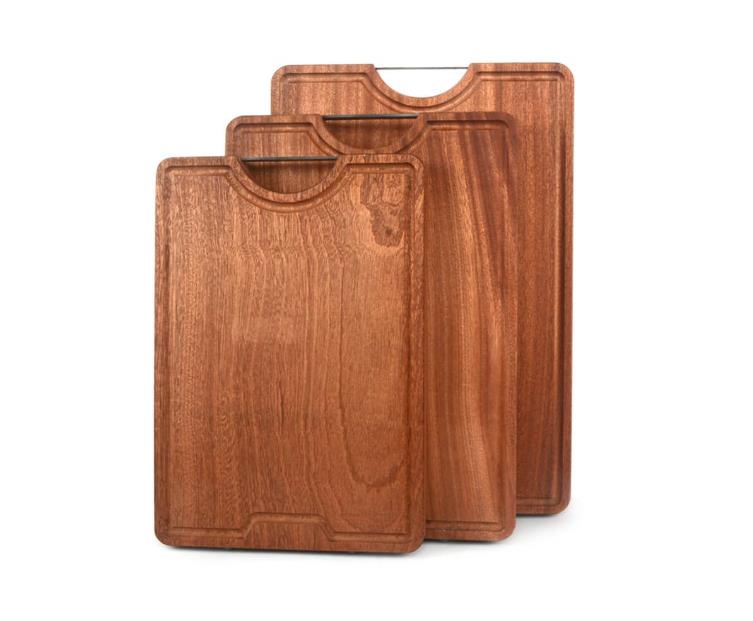
Most shops are better off selling cutting boards made from various materials. This way, shops can appeal to a broad range of customers, giving them the benefit of different products.
We know this isn’t an option for some shops, whether due to budgeting or to measure the sales performance of cutting boards first. In the case of these shops, wood tends to be the best pick if you plan to sell only one type of cutting board.
The best part about wood cutting boards is they come in great varieties. Different wood species offer ranging densities, colors, and features. There are enough options to meet the expectations of every customer with wood cutting boards.
Final words
Plastic cutting boards can provide users with some usefulness, but they aren’t the best at food safety. Incorrect use can lead to an upset stomach before you know it.
Wood is the best alternative to plastic cutting boards – if not to all others. The attributes of natural wood cutting boards outweigh the possible benefits of other cutting board materials. These – arguably for some – makes wood the best cutting board material.
Other than kitchen cutlery, we manufacture various wood cutting boards. Check our wholesale and custom cutting boards from here to see each product’s MOQ, customization options, and specifications. Already found something that catches your interest? Click here to request a quote.
